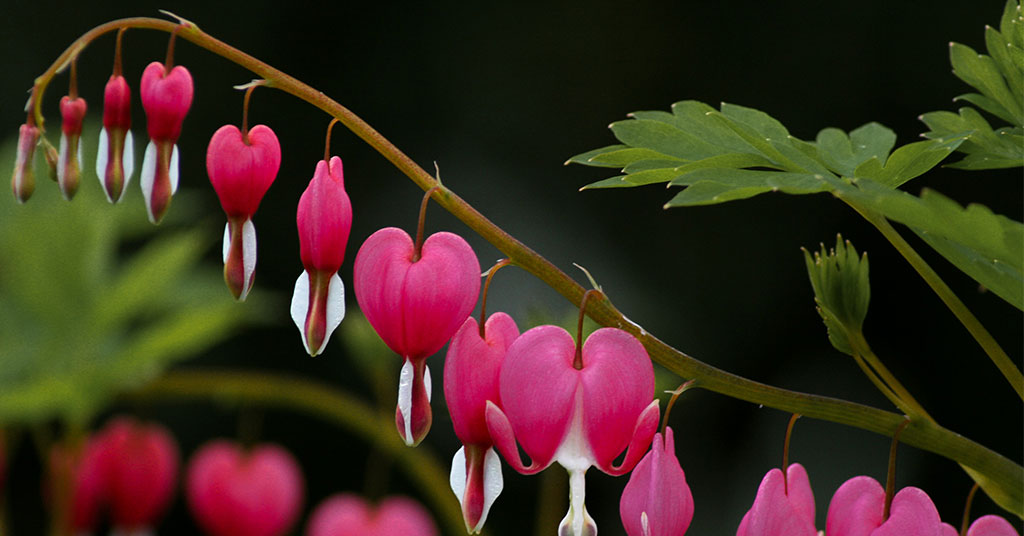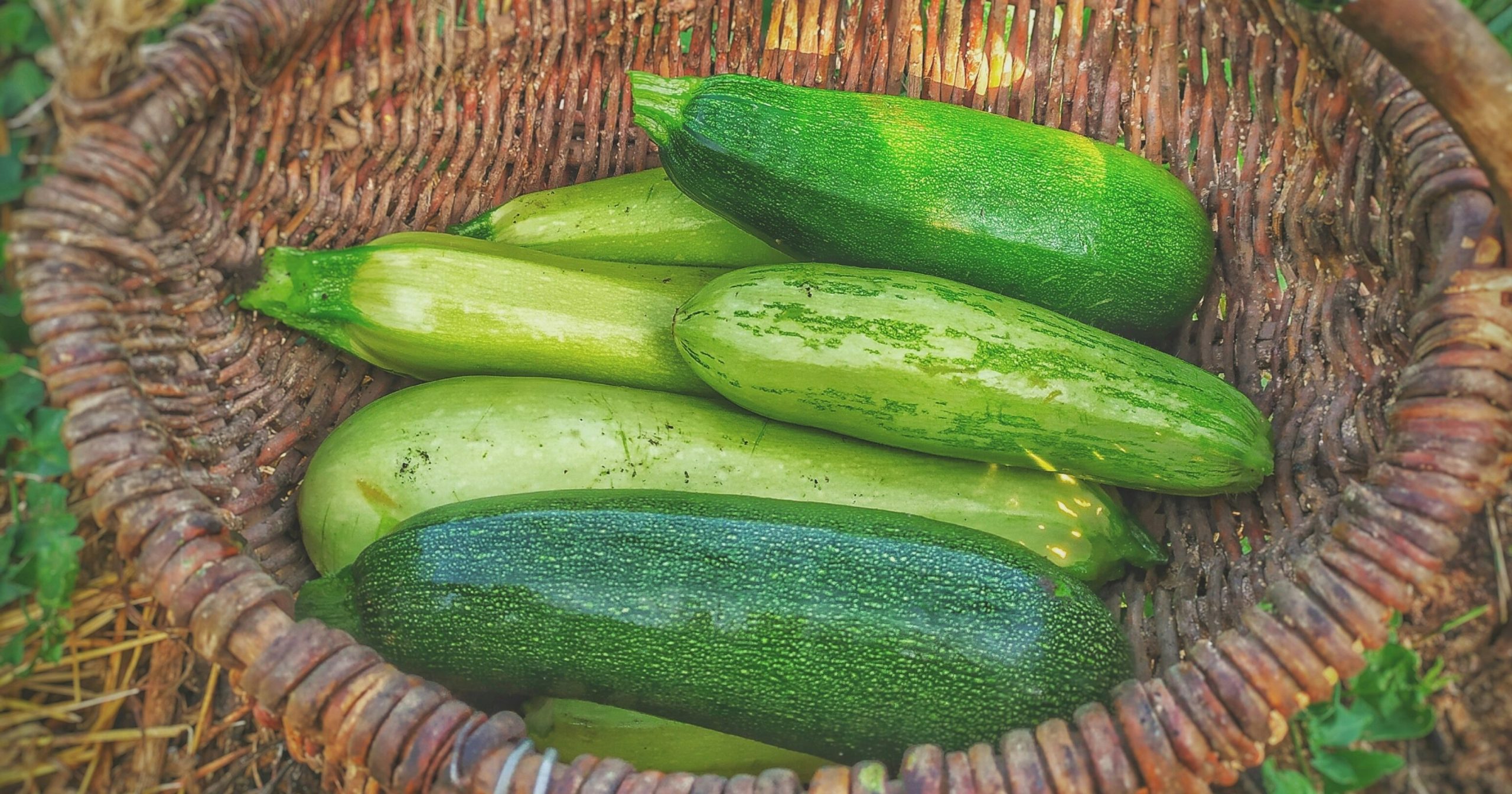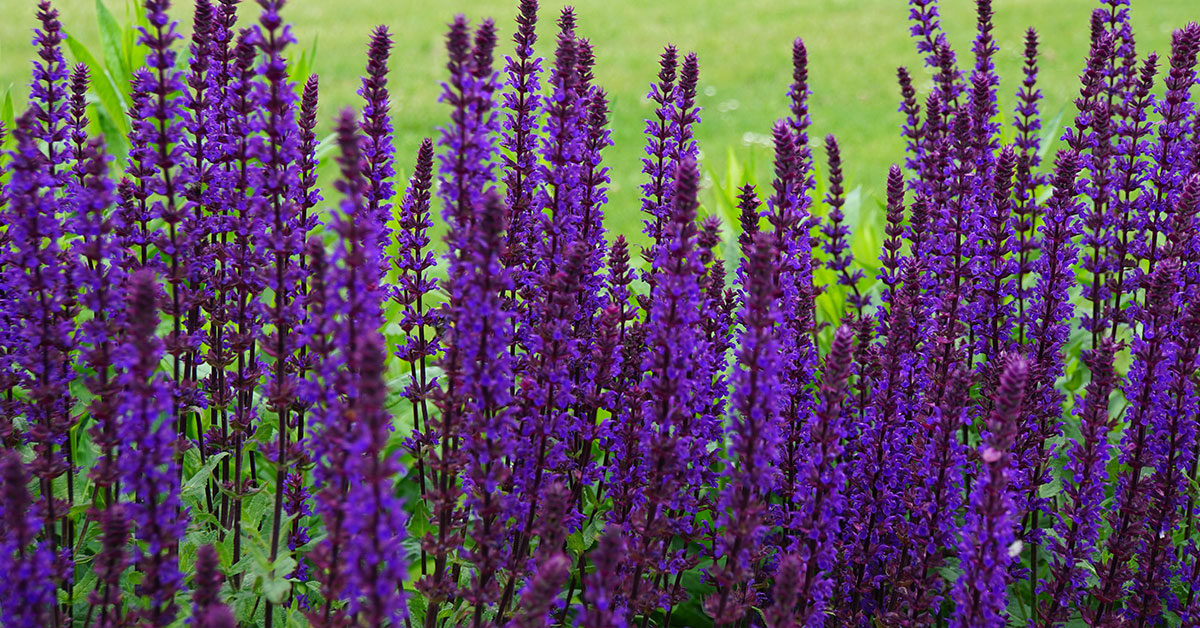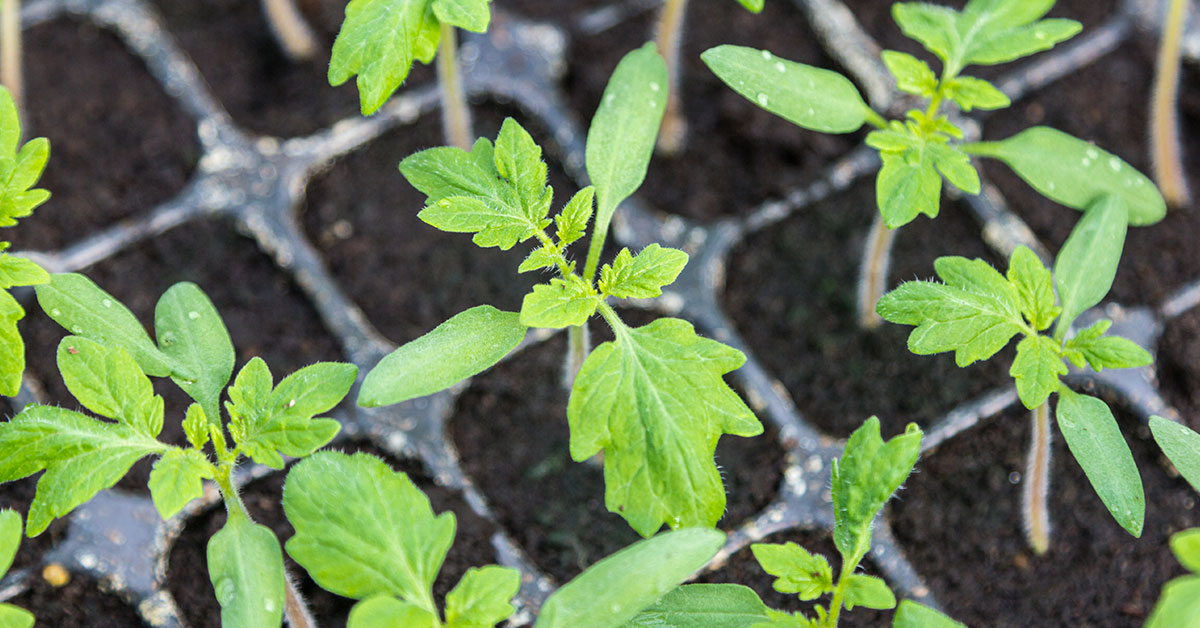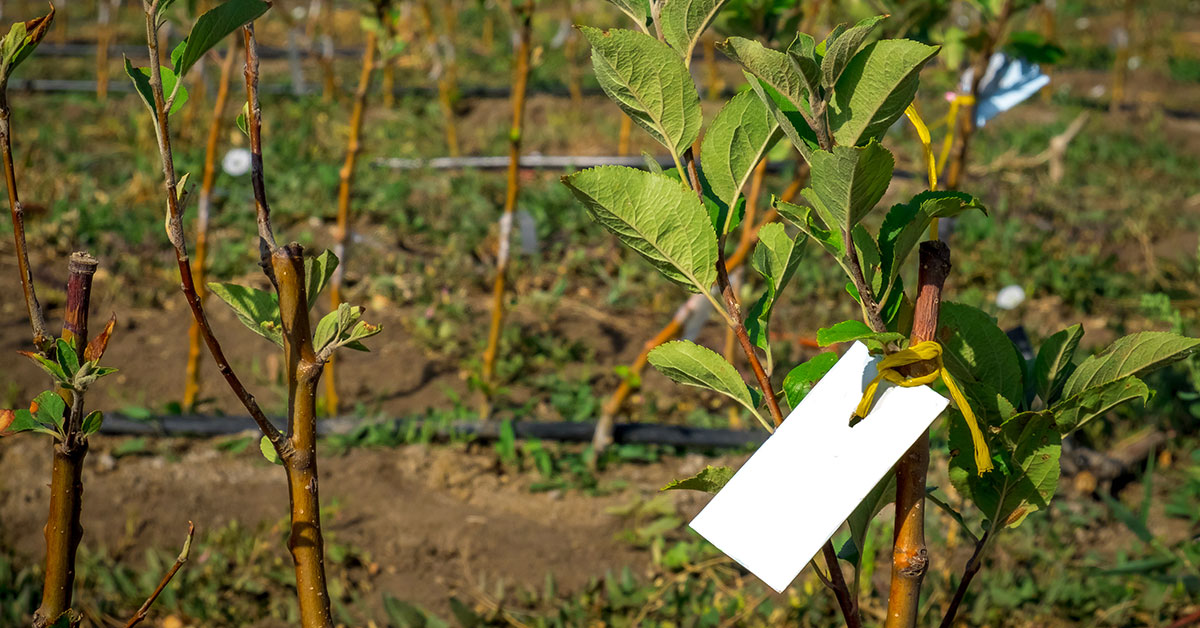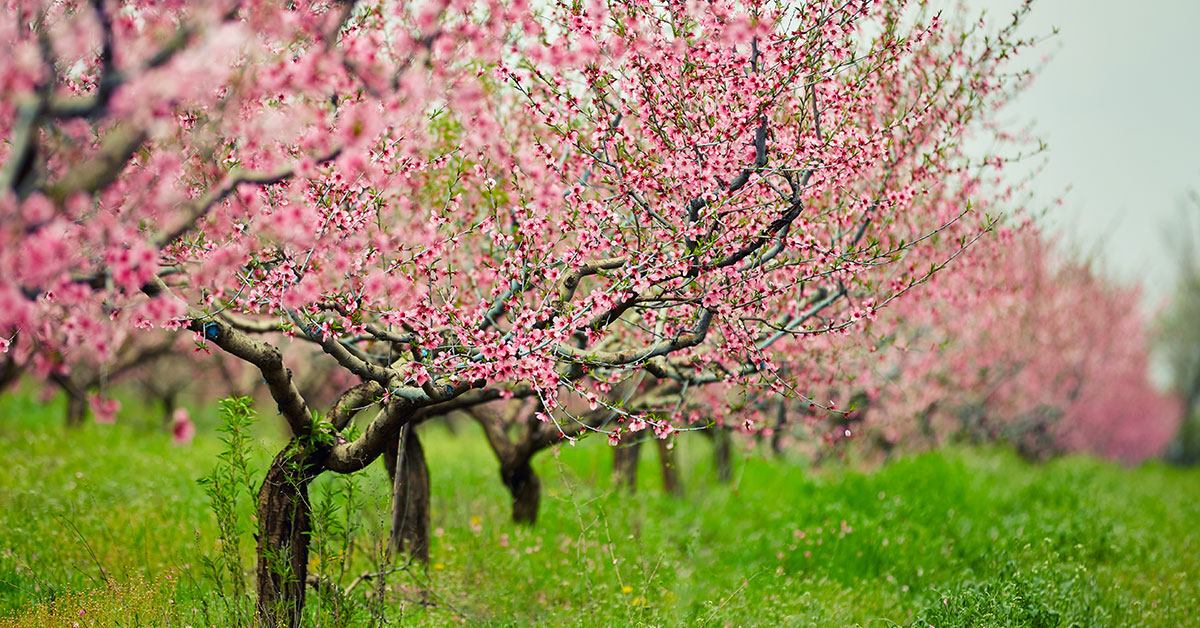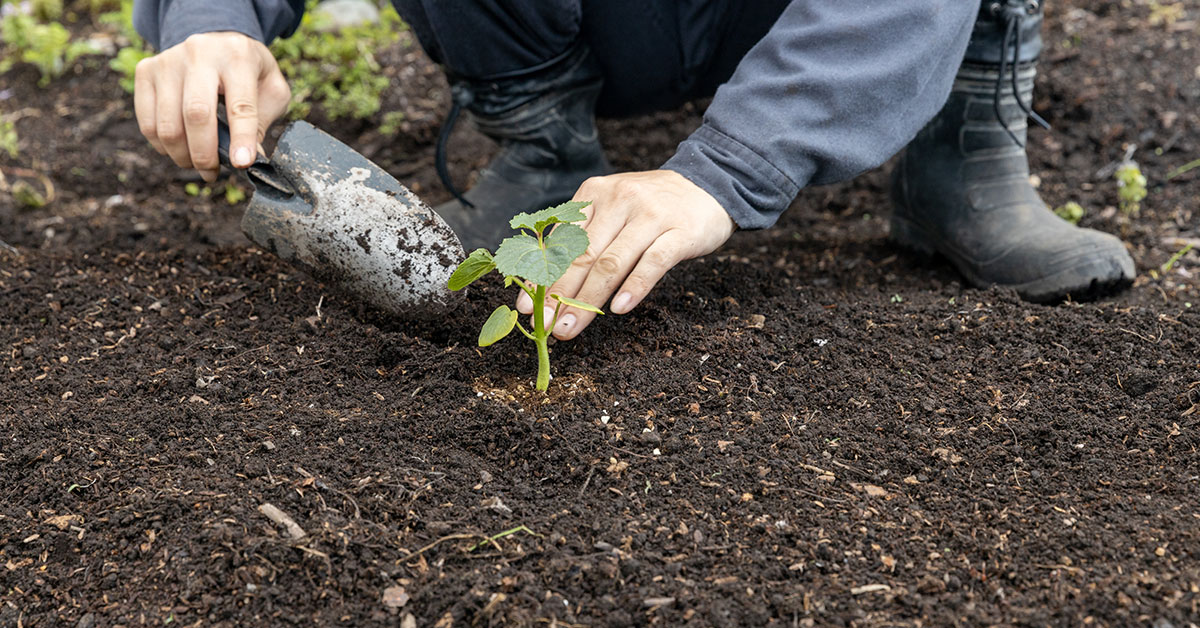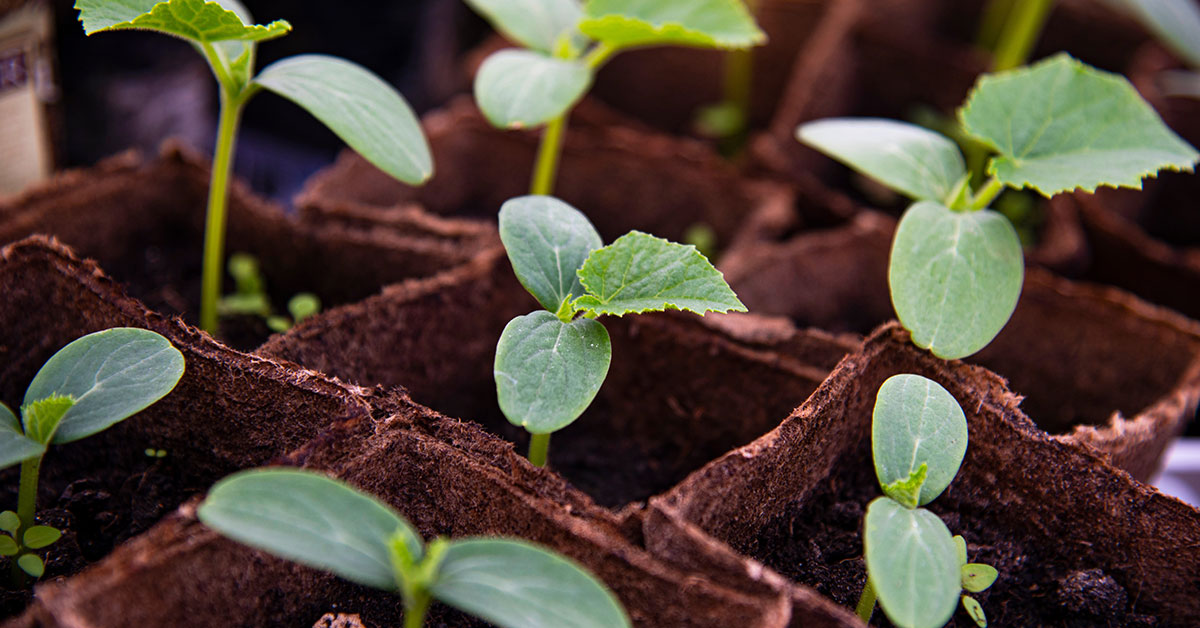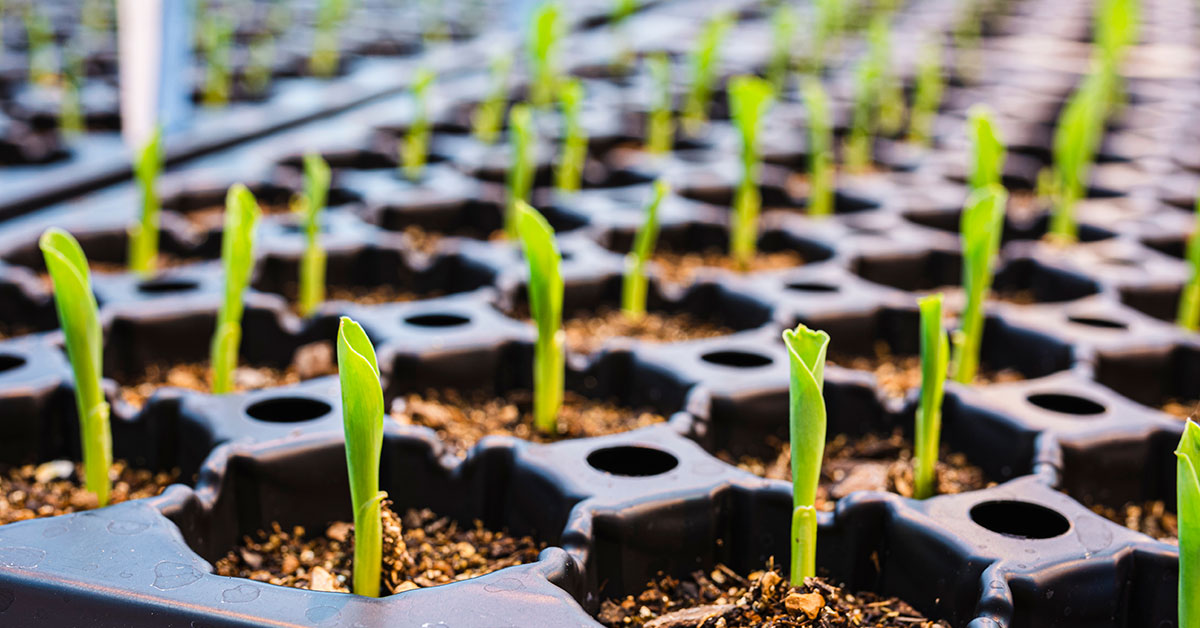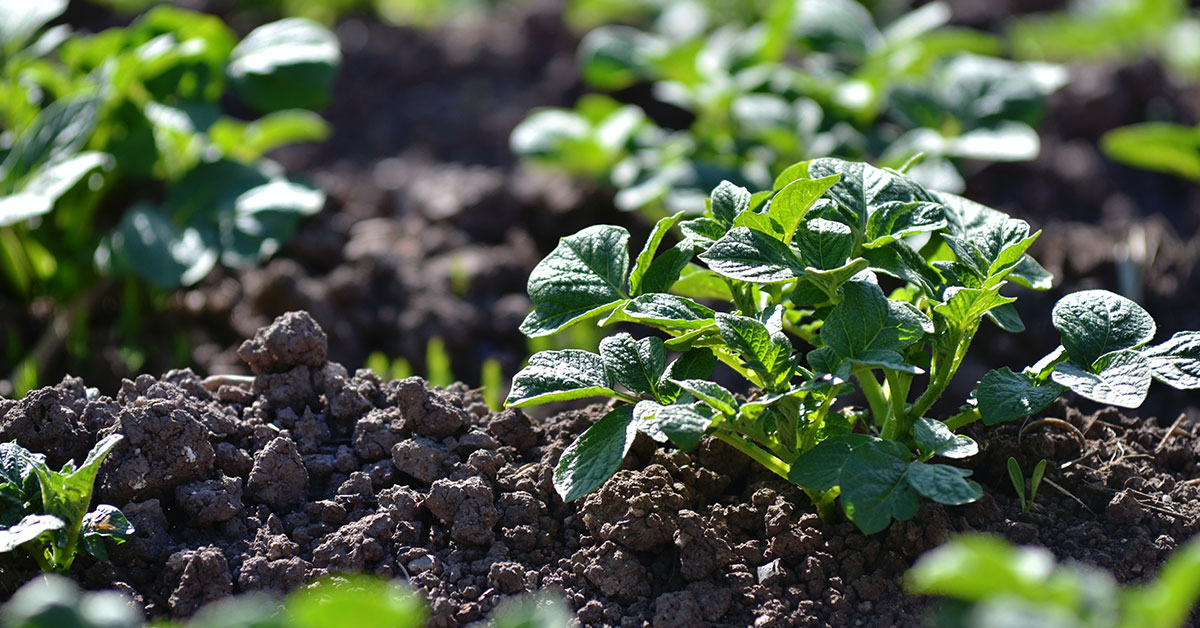Growing perennial flowers in Zone 1 presents a significant challenge due to the extremely cold temperatures and harsh winter conditions that characterize this zone. The primary difficulty lies in the ability of plants to survive prolonged periods of freezing temperatures, heavy snowfall, and strong winds.
Perennial flowers in Zone 1 must be exceptionally hardy, resilient, and adapted to withstand these extreme conditions. The short growing season also limits the time available for plants to establish and bloom. Furthermore, the frozen soil can make it difficult for plants to absorb water and nutrients, while the fluctuating temperatures can cause freeze-thaw cycles that can damage plant roots.
As a result, gardeners in Zone 1 must carefully select plant varieties that are specifically bred or naturally adapted to endure these challenging conditions, provide adequate protection during winter, and employ strategies like mulching and proper drainage to maximize their chances of success.
Grow These Perennial Flowers In Zone 1
In Zone 1, where the climate is extremely cold with long, harsh winters and short summers, the selection of perennial flowers is limited. However, there are a few hardy perennials that can thrive in these challenging conditions. Here is a list of perennial flowers suitable for Zone 1:
- Siberian Iris (Iris sibirica): These hardy iris flowers produce beautiful blooms in various colors, such as purple, blue, and white. They are resilient and can withstand the extreme cold of Zone 1.
- Pasqueflower (Pulsatilla vulgaris): Also known as the European pasqueflower or windflower, this plant has lovely purple flowers that appear in early spring. It can handle the cold temperatures and is a great addition to rock gardens.
- Snowdrop (Galanthus nivalis): Snowdrops are small, delicate white flowers that are among the earliest to bloom in spring. They can tolerate the cold and create a beautiful carpet of white in your garden.
- Hellebore (Helleborus): Hellebores, also known as Lenten roses, are evergreen perennials that produce exquisite flowers in various colors, including shades of white, pink, purple, and green. They are known for their ability to thrive in cold climates.
- Bleeding Heart (Dicentra spectabilis): Bleeding hearts are unique, heart-shaped flowers that hang delicately from arching stems. They come in pink, white, and red varieties and are known for their cold hardiness.
- Daylily (Hemerocallis): Daylilies are popular perennial flowers that can tolerate a wide range of climates, including Zone 1. They offer a variety of colors and bloom throughout the summer.
- Primrose (Primula): Primroses are charming, low-growing flowers that come in an array of colors. They prefer cooler temperatures and can handle the cold winters of Zone 1.
- Coral Bells (Heuchera): Coral bells are known for their attractive foliage, which comes in a variety of colors, including shades of green, purple, and silver. They produce delicate bell-shaped flowers and are hardy in cold climates.
It’s important to note that the extreme conditions in Zone 1 make gardening a significant challenge. Proper soil preparation, protection from freezing temperatures, and providing adequate moisture are essential for the survival of these plants. Additionally, selecting native and adapted plants is crucial for their long-term success in this challenging environment. Consult with local nurseries, gardening experts, or extension services to get more specific recommendations for your particular location within Zone 1.
Tips for growing in zone 1
Following these tips will significantly increase your chances of success in growing perennial flowers in USDA Hardiness Zone 1:
- Select Cold-Hardy Varieties: Choose perennial flower varieties that are specifically bred or known to be cold-hardy for Zone 1. Look for plants with a proven track record of surviving and thriving in extremely cold climates.
- Timing is Key: Start your gardening season early by planning and preparing in advance. Begin planting your perennial flowers as soon as the ground thaws and the soil is workable in spring. This will give them a head start to establish their roots before the harsh winter returns.
- Provide Adequate Sunlight: Ensure your perennial flowers receive sufficient sunlight. Position your garden in an area that receives maximum sunlight exposure, as this will help plants grow stronger and produce better blooms.
- Soil Preparation: Prepare the soil well in advance to optimize growing conditions for your perennials. Add organic matter like compost to improve drainage and fertility. Clear any debris or weeds that could hinder plant growth.
- Mulching for Insulation: Apply a layer of mulch around the base of your perennial plants before winter sets in. This will help insulate the soil, protecting plant roots from extreme temperature fluctuations and minimizing the effects of freezing and thawing cycles.
- Watering Carefully: Ensure your perennials receive adequate water throughout the growing season. During winter, water sparingly to prevent root rot caused by excess moisture. Be mindful of the frozen soil’s ability to absorb water, and adjust your watering schedule accordingly.
- Winter Protection: Before winter arrives, provide additional protection for your perennial flowers. Cover them with burlap or protective wraps to shield them from strong winds, heavy snowfall, and freezing temperatures. Consider using structures like cold frames or cloches for added insulation.
- Pruning and Deadheading: Regularly prune and deadhead your perennial flowers to promote healthier growth and better flower production. Remove any dead or damaged foliage before winter to minimize potential disease or pest problems.
- Monitor Plant Health: Keep a close eye on your perennial flowers throughout the growing season. Watch for signs of stress, disease, or pest infestations. Take appropriate action promptly to prevent further damage and ensure the plants’ longevity.
- Learn from Local Experts: Connect with local gardening communities, extension offices, or experienced gardeners in Zone 1. They can provide valuable insights, recommendations, and tips specific to your region, helping you navigate the unique challenges of gardening in such a cold climate.
By following these tips, you can increase your chances of successfully growing perennial flowers in USDA Hardiness Zone 1 and enjoy their beauty year after year despite the challenging conditions.
